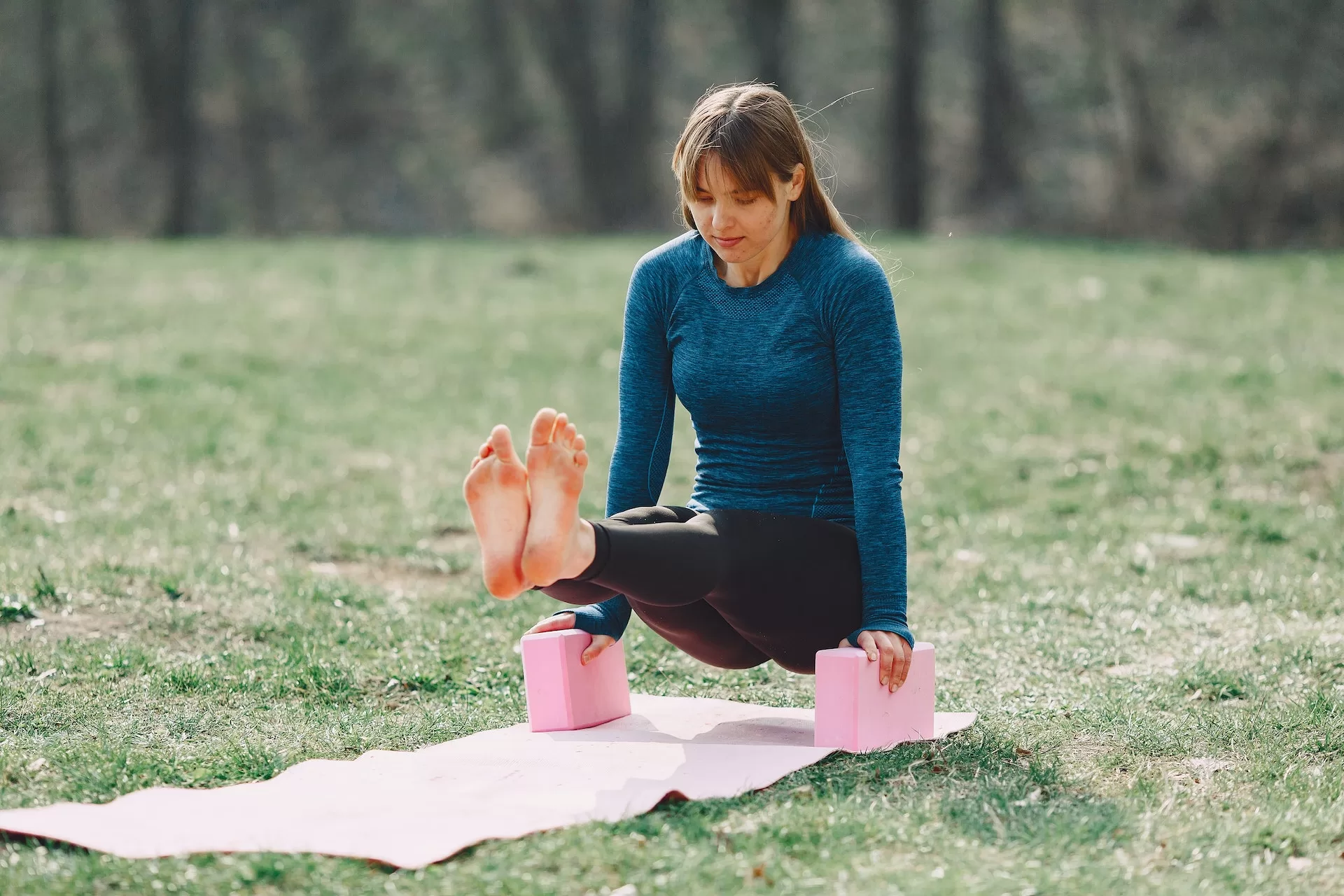Yoga has been practiced for centuries as not only as a form of exercise but also as a science, meant to unlock the great mysteries of life and the mind, body, and spirit. The use of yoga props in asana, or specially designed tools, has grown in popularity in recent years. This expert guide will offer insight, science, and magic to the use of yoga props in asana in order to further the practitioner’s understanding of the practice and offer insight on how to improve your asana practice.
The Benefits of Yoga Props
The main benefit of incorporating props into an asana practice comes from creating less strain placed on the body. The use of props can help decrease tightness in the body, increase stability and alignment, and improve range of motion.
A mental benefit associated with props is freedom. We often put unrealistic or unnecessary pressure on ourselves, trying to exceed expectations or worrying we won’t be able to reach a certain posture or goal. Props provide us with the opportunity to not just understand and appreciate our bodies but also let go of certain expectations or worries. Allowing yourself to work with your body, rather than against it, can be immensely freeing.
Anatomical and Physical Considerations
Yoga props can provide physical and anatomical understanding of postures, as well as be a tool that sheds light on the practitioner’s individual anatomy.
Since no two people are exactly the same, each practitioner has their own unique structure. Where your wrists are positioned, for example, relative to the rest of your arm could vary based on your body type, anatomy, and muscle tightness.
Therefore, understanding how props can increase your range of motion and improve your form from a physical point of view allows you to build strength and stability while accessing poses.
From an anatomical point of view, props can allow you greater insight on how different muscles and joints effect the poses you perform.
The Three Principles of Optimal Props Usage
In order to use props effectively, you must understand the three principles at work when incorporating props into an asana practice.
1. Intention: Before you add a prop to your practice, consider why you are adding the prop and what your intention is. Are you adding the prop to gain physical or anatomical understanding, or are you modifying the pose to fit your individual needs?
Taking a few moments to assess the prop’s purpose will allow you to make the best decisions for your body.
2. Accessibility: Props should be accessible to full use. It is important to find tools that correspond to their purpose. If too large or too small, the prop may not provide the desired benefit.
3. Experimentation:
Don’t be afraid to experiment with props. Develop a practice to use them in a variety of postures, and always observe how they might change the way a posture feels in your body.
Yoga Props and the Energetic Body
The energetic body, or the non-physical aspects of the body, is often overlooked when talking about yoga props. The energetic body includes the chakras, nadis, and prana.
Balancing the energetic body is incredibly important when it comes to finding the perfect asana practice.
Chakras: Chakras refer to the energy centers in the body. Blocked chakras can inhibit the energetic flow and cause disharmony in the physical body, which could lead to physical strain when trying to access a pose. Using props to modify a pose can help access deeper levels of postures and work to unblock the flow of energy throughout your body.
Nadis: Nadis refer to energy pathways that disperse energy throughout the body. The use of props can help provide a new level of sensations and energy points, which can help to reset the flow of energy throughout the body.
Prana: Prana is the life force energy that drives us to action. When prana is out of balance, yoga practice can become uncomfortable and stagnant. Props can help to provide a new level of support and stability, which can allow practitioners to access a deeper level of postures.
The Psychology of Props
In addition to the physical and energetic benefits of incorporating props into practice, props can also create psychological benefits. For example, props can help to create feelings of trust in the yoga practice. When we feel supported and stable, we are more likely to let go of mental blocks and truly relax.
Additionally, using props can create a more playful attitude towards the practice. This can allow practitioners to create a sense of fun in their practice, which is important in developing a sustainable practice.
Conclusion
When used correctly, props can become a powerful tool that helps us access a deeper understanding and connection with our practice. By being mindful of the physical, energetic, and psychological aspects at play, props can be used to seek balance, find understanding, and provide support in our practice. Utilizing props can help turn an asana practice into a gateway to self-realization and, ultimately, improve your asana practice.

